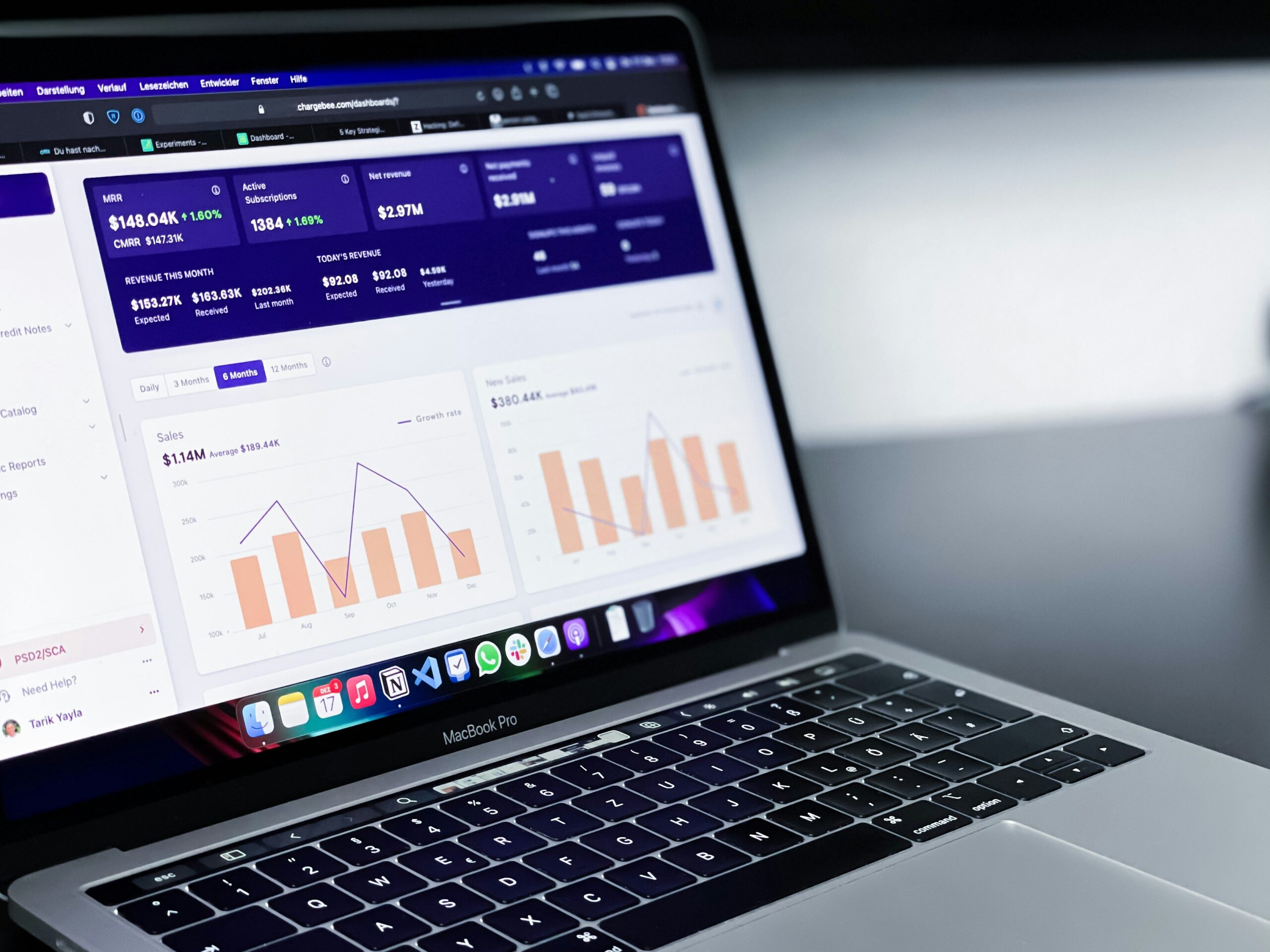Today’s digital marketplace is fiercely competitive. Securing visibility and converting traffic into tangible revenue hinge on two intertwined disciplines: website content and SEO. While flashy designs and advanced features often catch the eye, the core of online success remains rooted in compelling content and meticulous search engine optimisation. One of the most effective, yet underestimated, strategies involves the artful integration of well-crafted FAQs alongside robust website content. In this comprehensive analysis, the spotlight turns to how FAQs and high-quality content can drive organic discovery, heighten engagement and boost sales with website content.
The Importance of Quality Website Content for SEO
A website’s content operates as both its face and foundation. Engines such as Google scan this content to determine relevance, authority and user satisfaction. Search visibility, ranking for lucrative queries and an ability to answer users’ needs all depend on a site’s textual substance.
Why Content Reigns Supreme
Meaningful and original website content still forms the core of any effective digital presence. Algorithms favour pages where clear, useful information addresses intent better than thin, duplicated, or outdated prose. This continuous evolution forms the basis of every website content marketing strategy.
Consider a local UK law firm: a simple home page is vastly eclipsed in value by a site containing detailed service pages, helpful blog posts and a dedicated FAQ section addressing common legal quandaries. Not only do these resources bolster SEO, but they signal trust and expertise to visitors – two factors that nudge prospects toward conversion.
Freshness and Authority
Regularly updated content ensures ongoing relevance to both search engines and returning users. Authority, established via in-depth articles, testimonials and credible citations, lifts keyword rankings and amplifies trustworthiness – vital in sectors regulated by compliance and consumer protection laws.
How FAQs Enhance User Experience and Boost SEO
The FAQ page, often viewed as a mundane afterthought, wields outsized influence in both improving SEO with FAQs and uplifting user satisfaction.
FAQs as a Semantic Goldmine
Search engines thrive on context. Well-optimised FAQ sections systematically address the very questions users pose in search bars daily. These direct, concise answers align perfectly with featured snippets, voice search queries and Google’s “People also ask” panels. Structuring FAQs with schema markup even improves eligibility for rich results, multiplying click-through rates.
Supporting Long-Tail Keywords and Intent
While landing pages tend to focus on high-volume keywords, FAQ entries open the door to a wealth of long-tail, purchase-driven phrases. For example, a garden supply shop’s FAQ might address: “What’s the best compost for roses?” Such specificity attracts searchers closer to purchase intent, connecting product knowledge to genuine need.
User Engagement and Bounce Rate
Visitors who find quick, accurate answers are more likely to remain engaged, reducing bounce rates and encouraging site exploration. FAQs facilitate self-service, alleviating pressure on customer support and removing barriers from the buyer journey – creating a direct path to sales growth.
Connecting FAQs to Common Customer Questions to Drive Sales
FAQs unlock their revenue-driving potential when rooted in real questions customers ask before making a purchase. Incorporating sales-focused queries bridges the gap from browsing to buying.
Mapping Sales Objections and Information Gaps
Every hesitation or enquiry that prospects raise – price, delivery, guarantees, returns – presents an opportunity to reassure and persuade. Embedding answers within your FAQs not only supports SEO but pre-empts doubts that could otherwise lead visitors to abandon the shopping cart.
For a B2B SaaS platform, FAQs like “How does onboarding work for a team of 50?” or “Is there a free trial period?” directly respond to decision-making friction, accelerating conversions.
Encouraging Next Steps
Optimised FAQs strategically link to product pages, contact forms, or resource downloads. Each answer can function as a micro call-to-action (CTA), shepherding users from information towards commitment.
Crafting Content That Converts Visitors into Customers
High-performing website content melds informative value with persuasive techniques targeted at encouraging desirable actions.
Storytelling and Trust
Narratives – via testimonials, use cases, or success stories – cement credibility. These stories, interwoven into core pages or FAQ responses, humanise the brand and foster emotional resonance. People buy from brands they trust; explicit social proof within content shortens the path from consideration to sale.
Clear Value Propositions in Every Section
Content must communicate unique value at every stage. For service businesses, this could mean explaining certifications, guaranteeing satisfaction, or outlining after-sales support within website copy and FAQ answers.
Internal Linking and Guided Journeys
Every quality content piece and FAQ should contain internal links driving users deeper into the funnel, from awareness to comparison to action. This intertwining bolsters SEO and amplifies signals of relevance and site architecture for search crawlers.
SEO Best Practices for Website Content and FAQs
To fully realise the dual goals of content strategies to increase sales and search ranking, technical and creative approaches must entwine:
- Keyword Mapping: Use primary and secondary keywords throughout landing pages, blog posts and FAQ entries – balancing searchability with readability.
- Structured Data (FAQ Schema): Implement schema.org markup on FAQ sections to become eligible for rich snippets.
- Optimisation for Featured Snippets: Address commonly searched queries in short, clear sentences.
- User-Focused Formatting: Bullet points, headings and succinct answers improve scannability for both users and bots.
- Accessibility: Ensure content is accessible to all, securing broader audiences and compliance with UK standards.
Combining these best practices improves both the FAQs and SEO benefits along with the persuasive power of all web content.
Case Studies: Businesses Boosting Sales Through FAQs and Content
Example 1: E-Commerce Retailer
A leading Manchester-based electronics retailer integrated an FAQ addressing common compatibility and warranty questions. Over six months, organic traffic to their FAQ page grew by 32% and conversions from visitors who accessed FAQs were 22% higher than overall site averages.
Example 2: Local Legal Services
A legal consultancy added highly targeted FAQs tapping into natural language queries about lasting power of attorney, will writing and legal aid. Google quickly rewarded their efforts with featured snippet placement, resulting in a 40% spike in consultation bookings within the following quarter.
Example 3: B2B Tech Firm
A SaaS provider restructured its onboarding and technical FAQs with schema and robust internal links. This not only improved its appearance in “People also ask” but cut customer support tickets by 17%, while upsells and renewals rose due to improved self-education.
These cases demonstrate the symbiosis of optimising website FAQs and sharp sales growth.
Tools and Tips for Creating Effective FAQs
- Customer Feedback Analysis: Regularly mine support chats, emails, forums and surveys to unearth authentic customer questions.
- Google Search Console and Analytics: Identify which queries drive impressions and clicks to shape your FAQ priorities.
- SEO Tools (e.g., SEMrush, Ahrefs, AnswerThePublic): Use keyword and intent research tools to pinpoint trending and underserved user questions.
- Competitor Benchmarking: Review FAQ structures and content on top-ranking competitors’ sites for inspiration and gap analysis.
- Regular Content Audits: Schedule quarterly reviews to update, expand, or retire FAQ entries according to current trends and user feedback.
Simple, conversational language makes FAQs accessible. Each answer should be concise yet comprehensive and wherever possible, enhanced with links or visual aids.
Measuring the Impact of Content and FAQs on Sales and SEO
Success demands rigorous measurement. Integrate these metrics into your continuous improvement cycle:
- Organic Traffic Growth: Track landing page sessions sourced from search engines, segmenting by pages and queries relevant to content and FAQ sections.
- Engagement Rate: Analyse time-on-page, bounce rates and scroll depth. High-performing FAQs tend to hold attention longer.
- Conversion Rate: Directly compare sales or lead generation rates among users who interact with FAQ sections versus those who do not.
- Search Visibility: Monitor ranking improvements for both core and long-tail queries, especially those mirroring FAQ content.
- Customer Support Volume: Assess changes in support tickets or calls post-FAQ implementation as an indicator of answer quality and completeness.
Regularly reviewing these figures allows companies to fine-tune content strategies and demonstrate clear ROI from ongoing investment in website content and FAQs.
Conclusion
A well-rounded approach to website content and SEO – with the strategic use of FAQs at its heart – secures measurable gains in organic visibility and sustained revenue growth. FAQs serve as both a bridge to the customer’s genuine queries and a magnet for search traffic, integrating information, persuasion and user-centric service. Businesses that view FAQs not as a checkbox but as a dynamic, evolving content engine position themselves to capture incremental sales, reduce support burdens and thrive in the competitive digital arena. The evidence is clear: investing in robust content and continually improving SEO with FAQs is a direct route to greater sales, happier customers and enduring brand authority.






